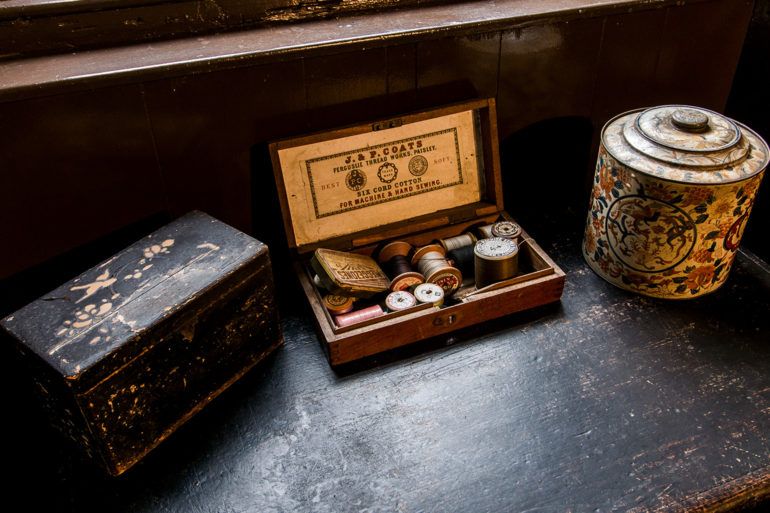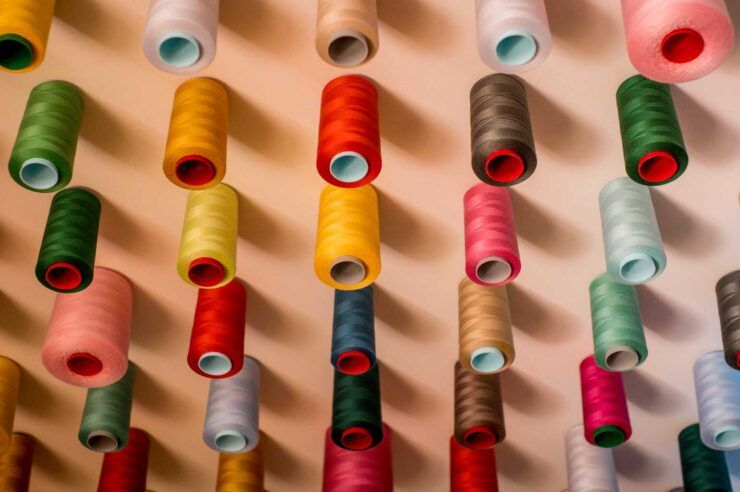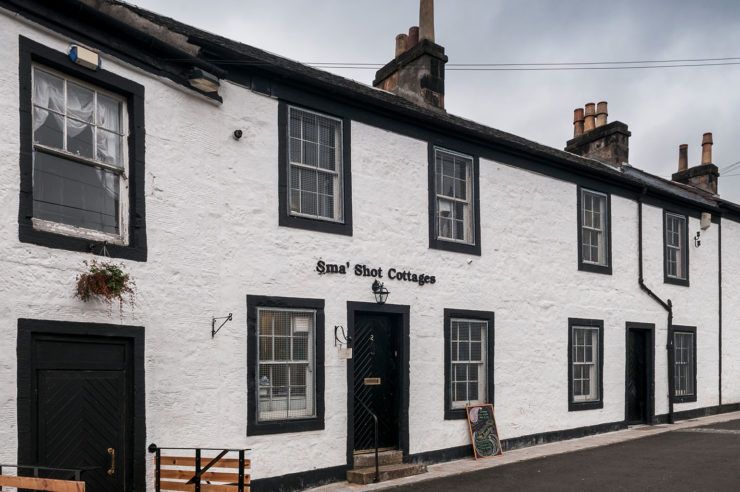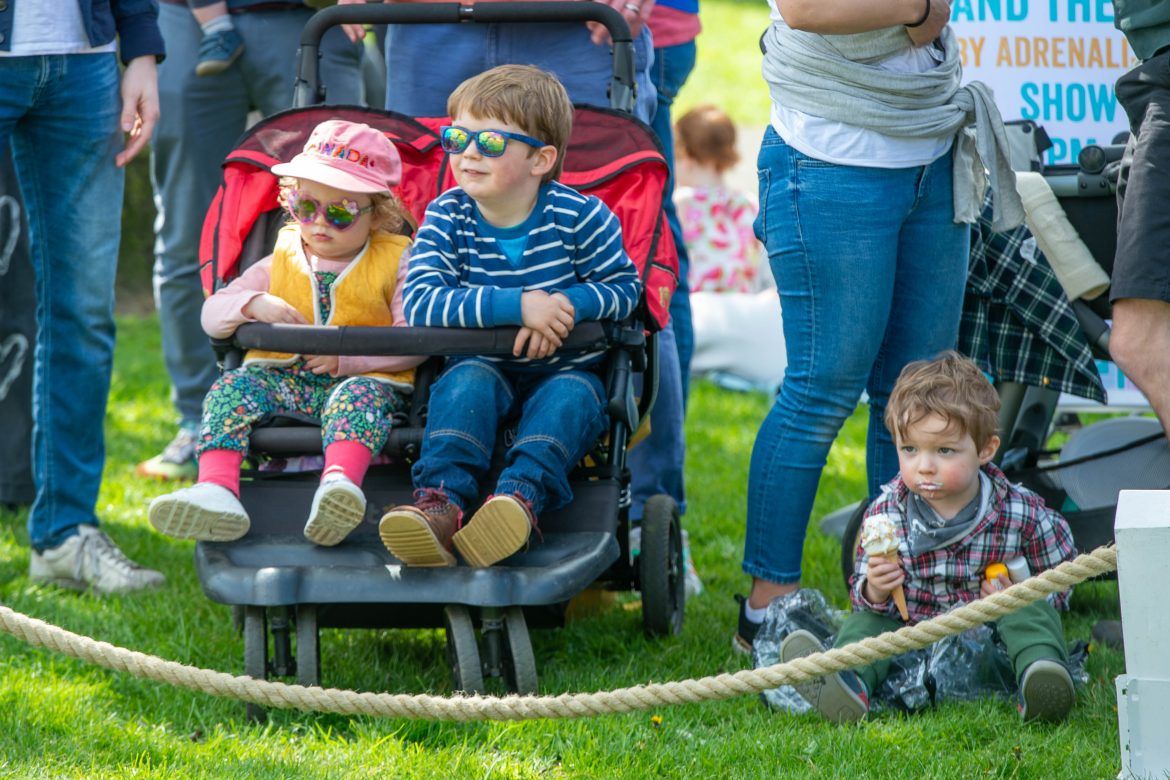Two rival dynasties dominated Paisley’s textile industry in the 19th century. As the Coats and Clarks vied for prominence, they left an indelible mark on the town which stands today…
Early days
In the 1750s, James and Patrick Clark moved as young boys to the thriving town of Paisley to begin work in the weaving trade. The Clarks eventually set up a business in Cotton Street making thread for use in ‘heddles’, which were an integral part of weaving looms at the time.
James Coats was born in 1774 to a family of Paisley weavers. The early part of his life was spent serving in the British Army before returning to Paisley to marry and set himself up in business in the early 1800s.
In 1806, Napoleon’s trade blockade with Britain stopped the supply of the silk thread used in ‘heddles’ and the whole of the Paisley textile trade was threatened. Partick Clark turned his attention to developing cotton as a cheaper, more readily-available alternative to silk. His method of twisting fine cotton yarns soon resulted in a thread strong and smooth enough to be used in looms. This new 3-ply thread was quickly adopted for use in sewing applications and the firm J&J Clark established to market Patrick’s pioneering discovery.
The ‘Industrial Revolution’ of the 19th century influenced almost every aspect of daily life in some way. It began with the mechanisation of the textile industries and the Coats and Clark firms were at the forefront of this change.
A production revolution
In 1817, a factory was established in Seedhill, Paisley, to mechanise Clarks’ thread production.
Until this time, James Coats had worked mainly in the silk and canton crepe trade, building a profitable business. But in 1826, he used his funds to build a small factory in Ferguslie, Paisley and began thread making. It was the original mill to stand on the site of what would become the vast Ferguslie Mills complex. James then retired and management of the firm passed to his sons James, Peter, Thomas and Andrew in 1830 – with the company renamed J&P Coats.
Both the Clarks and the Coats prospered selling high-quality sewing cotton around the world. They were constant innovators – all sewing thread was sold in hanks or skeins that customers would then wind it into little balls, until J&J Clark became the first firm to introduce spooled cotton sewing thread.
Both firms began to utilise by-products of their spool factories to make thread cabinets cases to be placed on counters in stores. The advertising of its day – trade cards, colour cards and calendars – were used to sell product ranges and launches across different geographic areas.
A global business
The Coats and the Clarks both began sending members of their families to America to act as selling agents – and were given a further boost when Elias Howe awarded the first US patent for a sewing machine, the invention of which further boosts sales of cotton thread . In the 1860s, both fims began thread production in the US with Clarks opening a factory in Newark, New Jersey, and the Coats operating in Pawtucket, Rhode Island.
In the 1890s, J&P Coats floated as a publicly listed on the London Stock Exchange with a capital of £5.75 million. The two firms then amalgamated J& P Coats (together with their American associates and also with Brook of Meltham and Chadwick of Eagley Mills, Bolton, England) to form the enlarged firm of J & P Coats Ltd, with a market value of around £22 million, and approximately 25,000 shareholders.
Now a listed company, Coats’ global footprint and product range continued to grow throughout the 20th century as it expanded to all parts of the globe and grew as an organisation. By the 1910s, it was the world’s third largest company by market capitalisation ($300.8 million) after US Steel and Standard Oil.
You can pull on the thread and explore Paisley’s manufacturing heritage at the Paisley Threadmill Museum.
Walk around Paisley town centre and the legacy of the Coats and Clark families is clear to see. Use our Discover Paisley walking trail to guide you.







